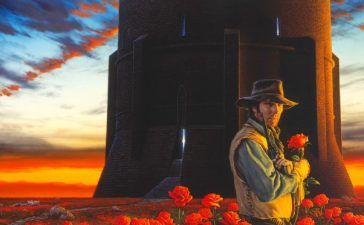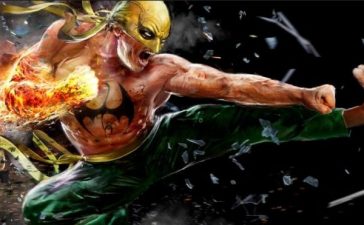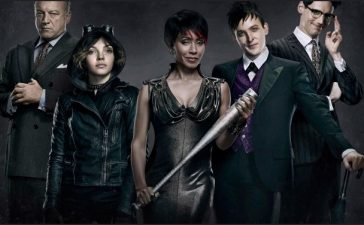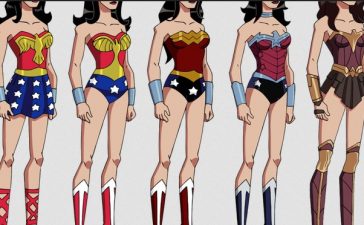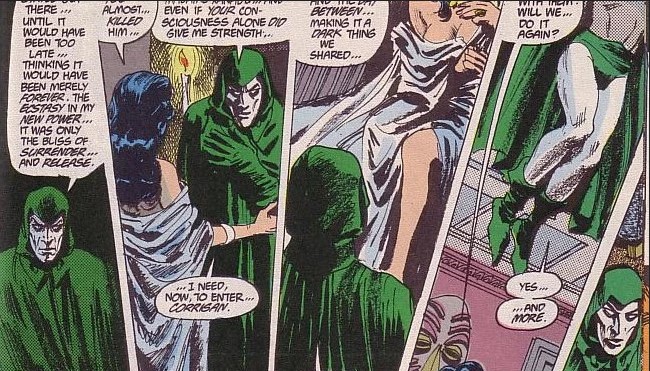
During the month of September, DC Comics will be doing a line-wide crossover event affecting almost all of their superhero titles. If you’d like to skip this event but still need your DC fix, NBC has you covered with DC’s Post Crisis Rebirth. In it we will explore the many important, influential and just plain rad titles that came out of DC Comics original line-wide reboot.
In 1988, two years after Crisis on Infinite Earths had rebooted the DC Universe, A new solo series starring the Spectre began. Just before, the Spectre had helped punch-out the Anti-Monitor and merge the multiverse into one entity. Clearly this guy had story-telling potential.
Written by Goug Moench with art by Gene Colan, then Cam Kennedy, then Gray Morrow (yes, really); the series sought ground the Spectre to make his stories more dramatic and not make him appear overpowered. The Spectre even resents his reduced powerset in the series, which is just one instance of the irony that pervades it.
The Spectre was created by Jerry Siegal (of Superman fame) and Bernard Baily in 1940. Originally conceived as a character who could fly, was invulnerable, and had limitless ways to punish those guilty of murder. What is ironic is that compared to Superman (who has been published continuously since his introduction, often in multiple forms together), the Spectre is immensely more powerful but has nowhere near the pages that Superman has.
Nevertheless, DC has committed to the power of the Spectre and often includes him in their major events (usually he’s in the background and depowered). But in 1988, Moench and Colan tried to breve new life in the Spectre. Their approach reads like a TV pitch in a way; Jim Corrigan’s body is found in a large, ancient vase and rejoined with the (reduced in power) Spectre. Madame Xanadu facilitates all of this, and explains the new living arrangement; Corrigan and Spectre must join at least once a day or both will die. The longer they are apart, the weaker they become and so Madame Xanadu gives Corrigan an assistant named Kim Liang. Kim and Corrigan work in the upper floors of Xanadu’s fortune-telling shop. Corrigan tries to avoid reliance on the Spectre, choosing to save him for a last resort.
Jim falls for Kim, and Madame Xanadu hooks up with…The Spectre. This stuff screams to be adapted. The main protagonist is the Cult of the Blood Red Moon, who are constantly trying to take out Corrigan and avoid the Spectre. They fight minor demons and magic based villains sent by the CBRM, with Corrigan and Spectre bickering constantly. A running thread of the series is the resentment of their union; the Spectre just wants to punish the guilty without interference and Corrigan wants him to cool it a bit. An issue is raised that Spectre doesn’t PREVENT murders, and that in his corporal form actually influences murderous intent. Like I said, full of irony.
The two eventually come to understand each other alittle more and stop playing chicken with their mutual destruction when their roles are reversed on a physic trip through Tarot card land.
This series doesn’t match up to Moench’s original Moon Knight run (heck, his later runs don’t either) but it does have inspired moments. The Phantom Stranger is shown to be the farrier of souls that Spectre dispatches, and the interaction of the various magical characters in the DCU is very entertaining.
One of my favorite issues is a gathering of such characters; with Deadman busting Spectre’s chops, the Gentleman Ghost hitting on Kim Liang, and Dr.Fate being the new guy filling in for Kent Nelson. The art can be described as a roller-coaster; with Gene Colan’s excellent pencils only present in 6 issues. After that, the following artists all seem to use the same scratchy styke, with Gray Morrow almost making it work consistently. What really wows me about this series is the covers, which just seem too enticing to ignore.
The cover artists include Mike Kaluta, Jerry Bingham, Charles Vess, and Mike Mignola for a few issues. The covers were often so detailed and moody, I wished those same artists would do the interiors (hindsight being what it is, imagine Mignola on Spectre).
One final thing I’ll say about the irony in this series, it’s even on the cover; the inside that is. At first there was a soapbox article by Dick Giordano, in one piece urging readers to read actual text books! The last one I read was by Janette Khan, bragging about how readers would see the Watchmen movie shortly. For as much attention and acclaim it got early on, and as accomplished as Ms.Khan was it is hard to fault her for that promise. She had recommended Sam Hamm (the screen writer for ’89’s Batman) to do the screenplay to which he had accepted because “Anyone else would screw it up worse”.
Doug Moench’s run lasts 31 issues, and three years later John Ostrander starts his run that eclipses Moench’s in reader’s minds. Which is a shame, Moench and crew did what DC probably asked of them (make the Spectre work, dammit!) set a solid foundation for a series. It switches from wacky, to horrific, to romantic, sometimes in the same issue but without feeling schizophrenic. It’s not collected, and not perfect by any means; but if anyone complained that the Spectre is too powerful and unrelated this is the book to show them. With a little retooling (and consistent art team), the foundation in this series could work in the New 52 easily. At the very least, DC could stop shoving the Spectre to the corner when stuff hits the fan. He’s capable of so much more, and Moench and crew gave evidence to that.





